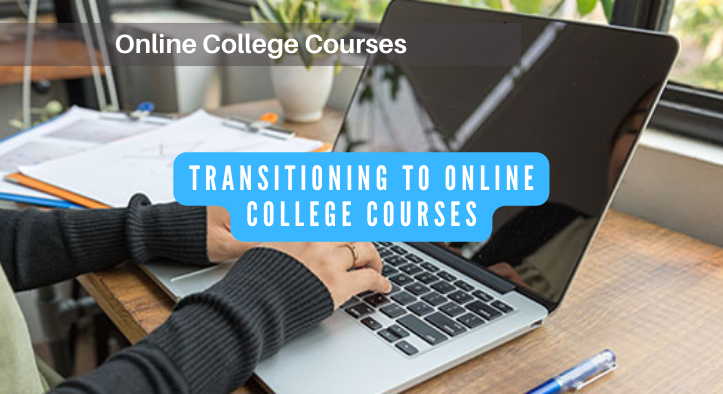Transitioning to Online College Courses

From Classroom to Virtual Space: Transitioning to Online College Courses
The COVID-19 pandemic has forced many universities and colleges to transition to online learning. This shift has been a challenge for both students and faculty, as they must adjust to a new learning environment. In this article, we will explore the challenges of transitioning to online college courses and discuss strategies for success.
The Challenges of Online Learning
The transition to online learning has presented a number of challenges for students and faculty. For students, the lack of face-to-face interaction can make it difficult to stay motivated and engaged. Additionally, the lack of structure and accountability can make it difficult to stay on track with coursework. For faculty, the challenge lies in creating an engaging and interactive learning environment that is conducive to learning.
Strategies for Success
Despite the challenges, there are a number of strategies that can help students and faculty succeed in the online learning environment.
For Students
- Create a dedicated workspace: Having a dedicated workspace can help students stay focused and organized. It is important to find a space that is free from distractions and conducive to learning.
- Set a schedule: Establishing a regular schedule can help students stay on track with coursework and stay motivated. It is important to set realistic goals and stick to them.
- Stay connected: Staying connected with classmates and faculty can help students stay engaged and motivated. It is important to take advantage of virtual office hours and other online resources.
For Faculty
- Create an engaging learning environment: It is important to create an engaging learning environment that is conducive to learning. This can be done by incorporating interactive activities, such as discussion boards and virtual office hours.
- Provide clear expectations: Establishing clear expectations can help students stay on track with coursework. It is important to provide clear deadlines and expectations for assignments.
- Encourage collaboration: Encouraging collaboration among students can help create a sense of community and engagement. This can be done by incorporating group projects and other collaborative activities.
Conclusion
The transition to online learning has presented a number of challenges for students and faculty. However, by implementing the strategies outlined in this article, students and faculty can succeed in the online learning environment. It is important to create a dedicated workspace, set a schedule, stay connected, create an engaging learning environment, provide clear expectations, and encourage collaboration. With the right strategies in place, students and faculty can make the transition to online learning a successful one.
